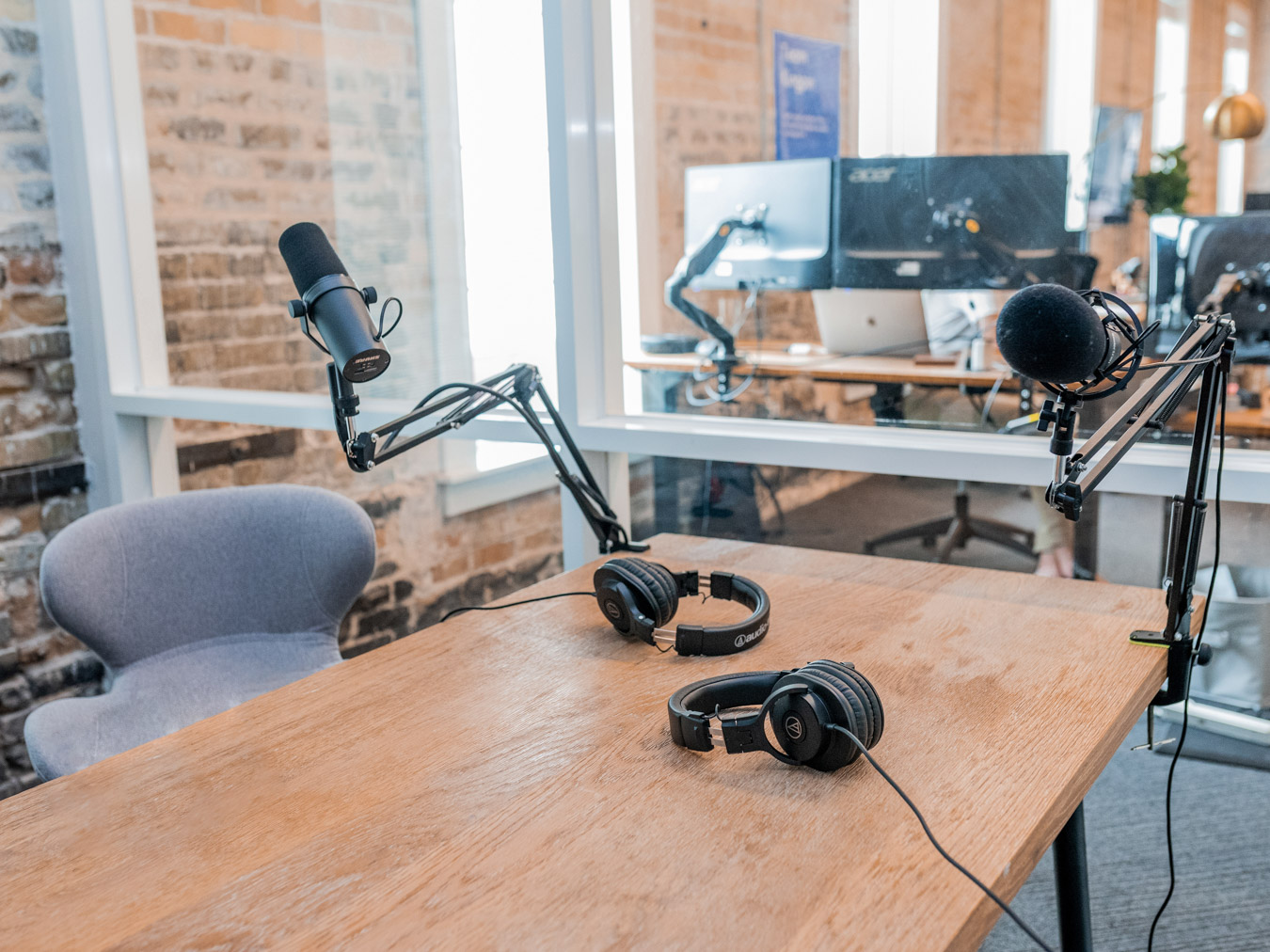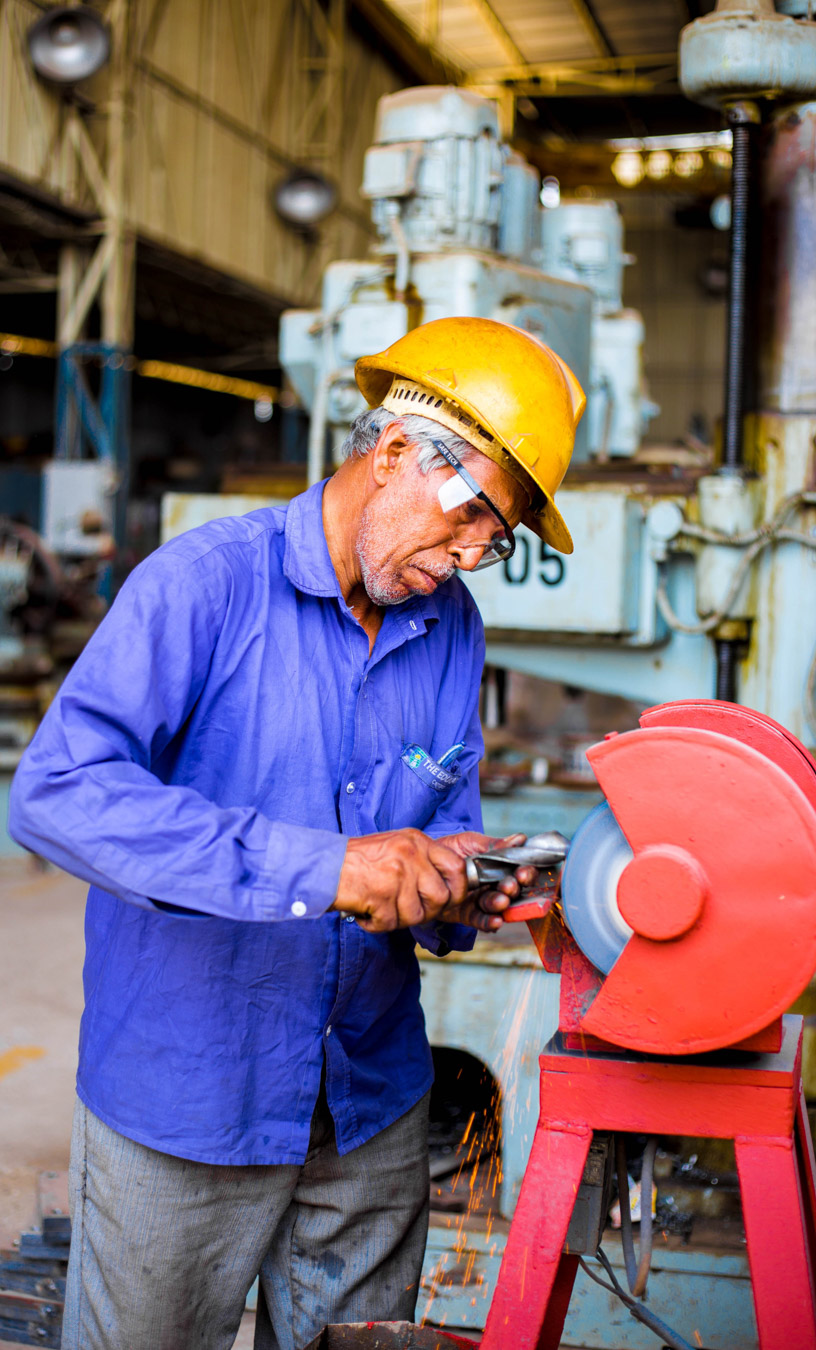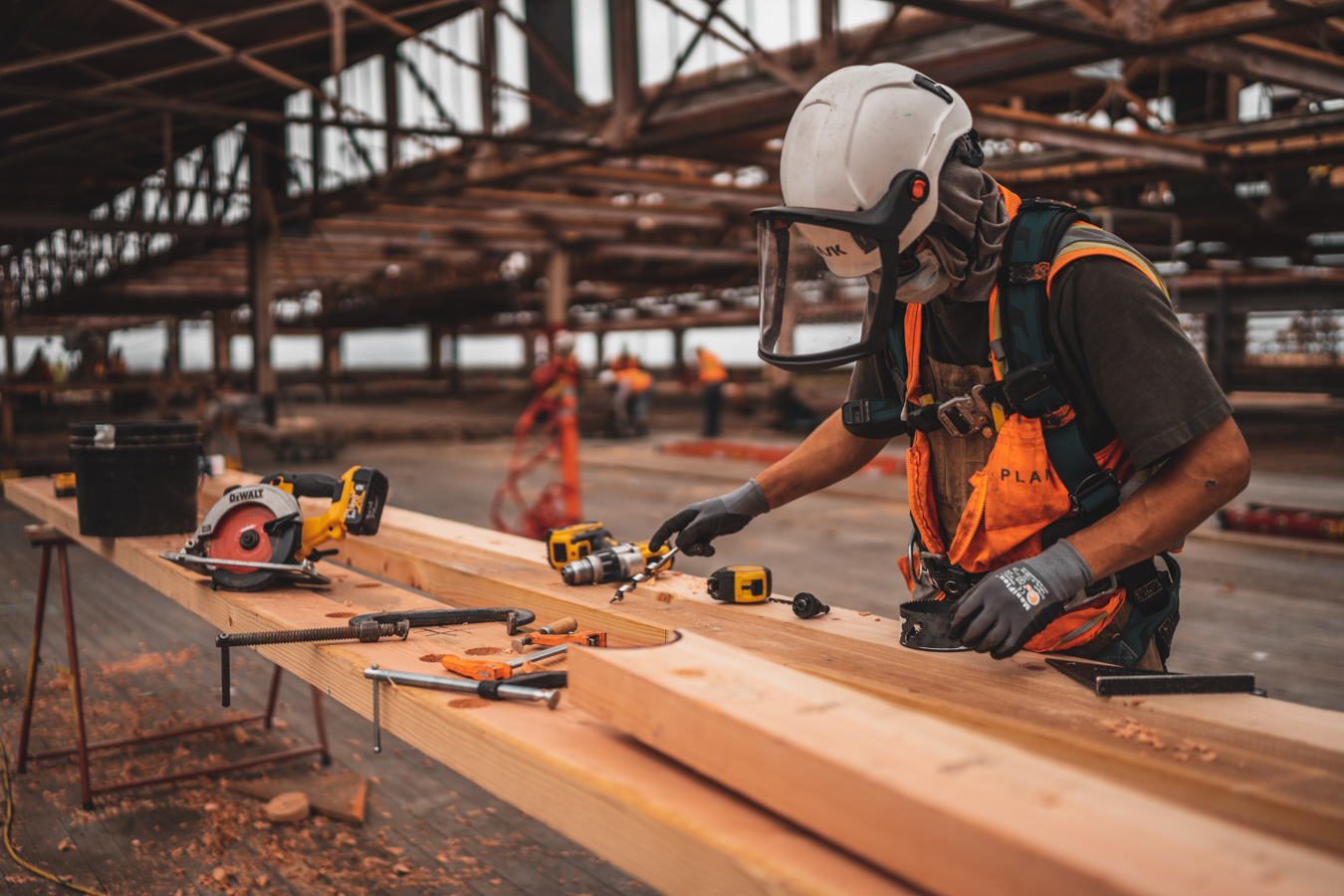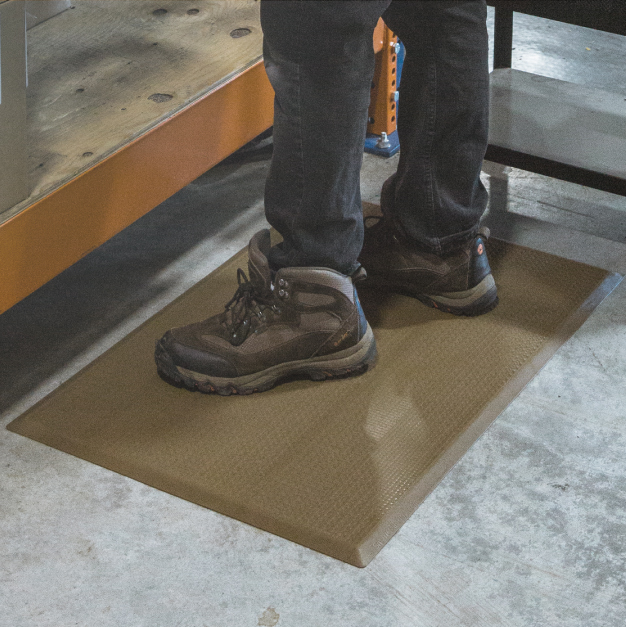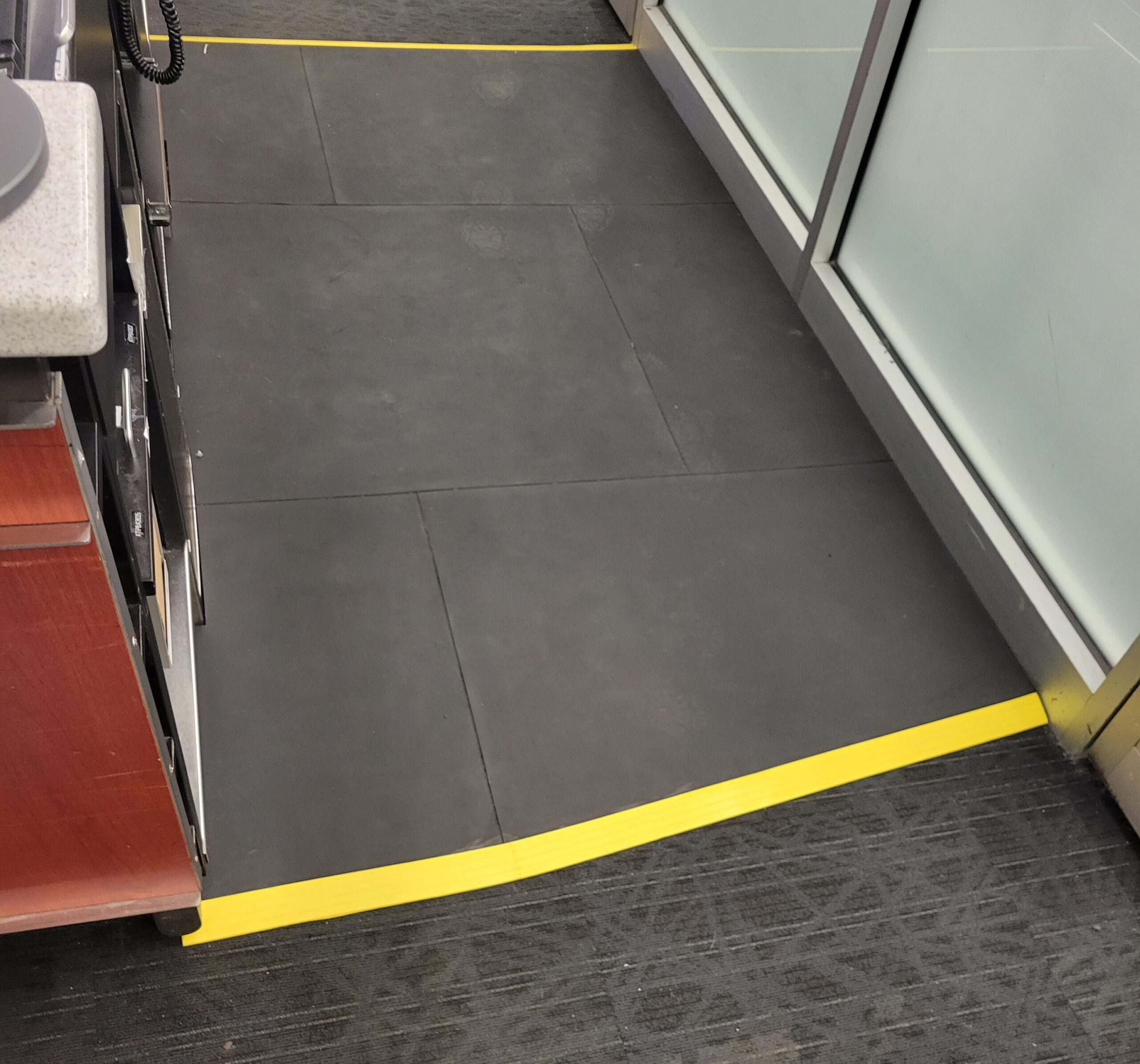The SmartCells Guide to Becoming a Grill Master
Here at SmartCells we think Summer is the best season of the year. We could easily give you 10 reasons why but, for the sake of brevity here is why Summer tops the seasons in the Pacific Northwest
- The rain gets warmer
- Days between rainfall increase
- There’s a yellow ball in the sky
- Wait, the sky is blue? We thought it was permanently gray with clouds
All joking aside, the warm days and long nights of Summer allow for a plethora of fun activities including beach days, water sports, and of course grilling!
After all, who doesn’t enjoy standing on the patio with a cold beverage grilling some tasty food? If the sizzle and aroma of food wafting from a barbecue doesn’t scream “It’s Summertime”, we don’t know what does.
And we’re not alone in this feeling. 75% of Americans own a grill and 79.1 million Americans have grilled in the last year with July 4th being the most popular grilling day of the year.
Being host to the most popular grilling day in the year, it may come as no surprise to you that for over a decade now, July has been officially observed as National Grilling Month.
Grilling isn’t always just fun and food though. In fact, on average in the United States, 8800 home fires occur and thousands of people are injured each year as a result of grilling.
To help you stay safe this Summer, and become known as the grill master amongst your friends and family, we have compiled our top 11 grilling tips.
It’s Getting Hot in Here
Just like cooking in an oven, for optimal grilling you should preheat your grill 15-25 minutes before you put the food on. Not only does this help kill bacteria, a properly heated grill ensures the inside of your food will remain tender while preventing sticking and many experts claim it improves “flavors through caramelization”.
Clean it Up
No matter how good of a griller you are, chances are there’s usually some charred remnants of food left on the grill after a meal. Keeping it clean will minimize your threat of bacteria and keep future food from sticking prematurely.
Check Your Brush
Each year there are more than 100 medical emergencies due to swallowing grill cleaning brush bristles. If you notice bristles missing on your cleaner, replace it immediately.
Break out the Thermometer
No matter how you like your steak it is important that you make sure to grill meat to the proper internal temperature. Here is a great chart from Bro BBQ to make sure you grill to the right temp: https://brobbq.com/grilling-times-temperatures-chart/
Minimize Lid Opening
Every time you open the BBQ lid it takes longer to cook and you run the risk of having an oxygen flare-up flame. In addition, minimizing lid opening helps keep the smoke in the grill which increases flavor.
Be Aware of Your Surroundings
Statistics show that nearly 16% of home fires due to grilling accidents happen during the time of flame ignition because something flammable was too close to the grill. So, before you ignite your grill make sure it is a safe distance from your house and anything else that is flammable.
Check Your Lines
While we are on the topic of safety, if you use a gas grill make sure you check the gas lines for cracks or leaks. 20 percent of reported grill fires are a result of leaks or breaks.
Don’t Flip too Soon
A common misconception is that you should flip your meat often to prevent burning. However, doing this increases your risk of it sticking to the grates. Let it develop a good seared crust before flipping it, and try to avoid poking it.
The Sauce is Boss
We all have a favorite BBQ sauce we love to slather on the meat while it cooks. However, saucing too soon can cause food to burn, especially if it has a lot of sugar. Experts recommend waiting until the last few minutes for max flavor and minimal burn.
Don’t Eat it Right off the Grill
Food needs time to ‘rest’ when it comes off the grill. This time allows the juices to re-enter the meat and preserve its tender, juiciness. Don’t worry, you only have to wait 5 minutes.
Use a SmartCells SlimLine Anti-fatigue Mat
If you follow these tips, you’re well on your way to being a grill master and your friends will start to notice. Which means you will be spending more time standing in front of your grill this Summer.
Investing in a SmartCells SlimLine Anti-fatigue mat will make sure you stay comfortable grilling all Summer long.
Featuring a lower profile, ⅜ inch height, and a stylish basket weave surface, the all-new SmartCells SlimLine mats utilize the same trusted cushioning technology as our industrial products but in a package that is thinner and lighter making it especially suitable for use in front of the grill.
The optimized design of SmartCells offer a stable surface over cylindrical cells which soften under impact and resist bottoming out, creating the perfect balance for maximum comfort at the grill.
Worried about sauce dripping on it and getting it dirty? Thanks to its 100% rubber-based formulation, cleaning it up is a breeze. In fact, you could even just take the garden hose to it.
SmartCells Anti-fatigue SlimLine mats are available in three colors, come in a convenient 2’X3’ size, and are protected with a 4-year warranty.
Click the button below to order yours today:
SmartCells: Solutions to Life’s Painful Problems.



